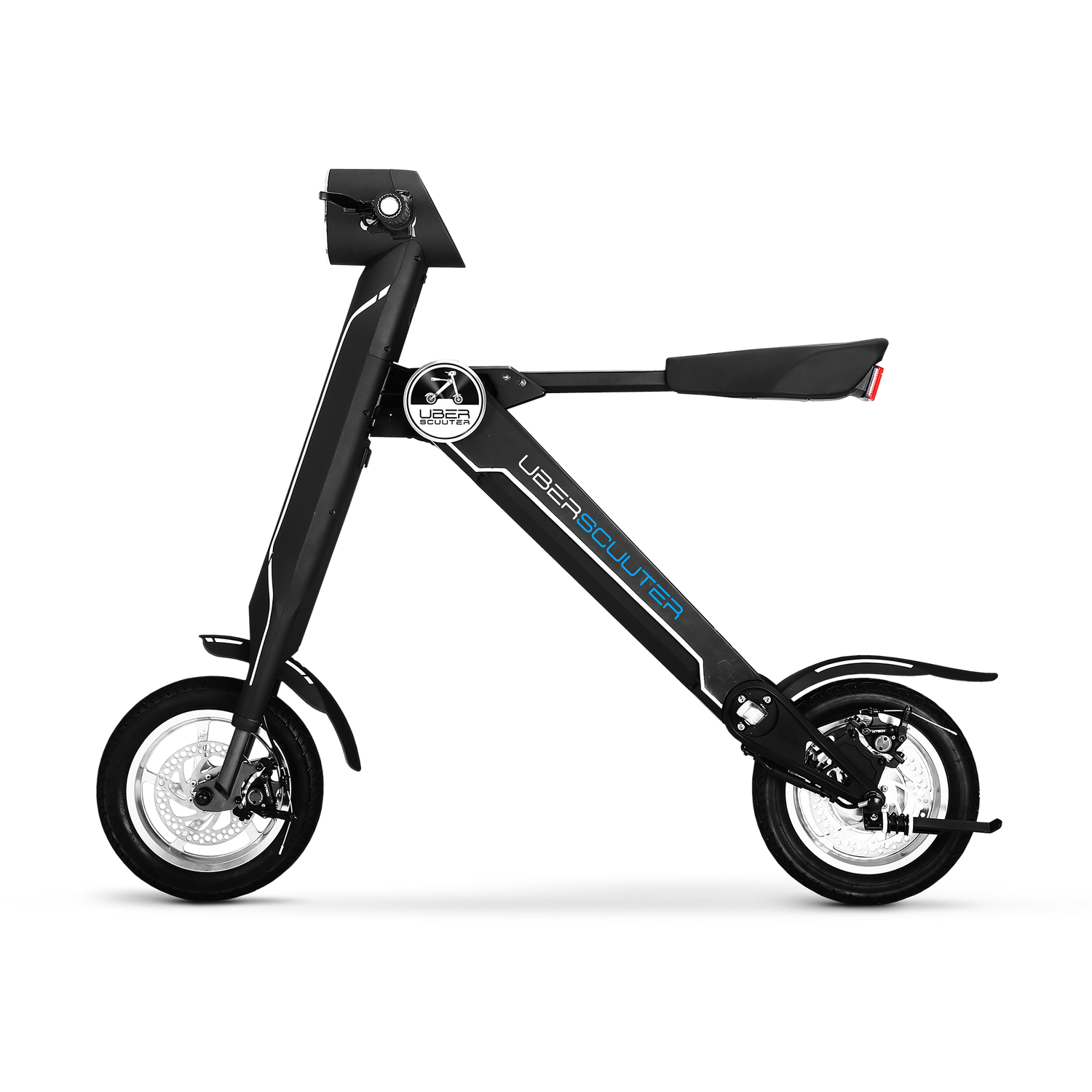Depending on where you live, your schedule, and your budget, there are tons of options, as well as a variety of combinations, on how to get from your front door to your desk each day. And with new technology appearing all the time, let's check out some of the most popular ways that people commute in 2019.
Personal Vehicle
As of 2018, roughly 77% of people drive themselves to work in their own personal vehicle. Though this number has dropped over the last few years, the flexibility, comfort, and freedom in having access to your personal vehicle as your primary method of transportation remains the most popular for employees. In addition, as people move further from within the confines of cities, thus reducing their access to other methods of transportation, a personal vehicle can become almost a necessity.
However, despite the number of people attached to the idea of driving their own cars to work, there are many ways - and reasons - to opt for a car-free or even car-light option to commuting. Between gas, repairs, parking, and insurance costs, the American Automotive Association (AAA) estimates that car owners incur an average of nearly $8,500 a year in vehicle-related expenses.
Public Transportation
For those living in a big city, having a personal vehicle may not only be costly, but it may also be pointless. If you're able to hop on a bus or ride the metro everywhere you need to go, what's the point in having to pay for things such as a car payment, parking fees, vehicle taxes, gas, and insurance? Not to mention, those choosing public transportation may actually find themselves enjoying the time they are able to spend reading, catching up on paperwork, or simply reflecting during their commute.
Now, that's not to say that public transportation doesn't have its downfalls. It isn't free, it's not private, and it can sometimes - or more frequently depending on where you live - be unreliable or prone to delays. But it's still a wonderful option, especially for those in large cities where it's one of the main methods of transportation.
Biking
Despite being incredibly popular in other countries - the Netherlands is one of the most notable - only around 1% of people bike to work in the US on average. According to the Census, however, it's worth noting that in some cities, the rates of those who utilize biking for their commute doubled since the year 2000 - such as Portland and Minneapolis. Portland was also recognized as having the highest bicycle-commuting rate at 6.1%. As for the average time, it takes those to bike to work? The census says the median commute time is roughly 19.3 minutes. One of the biggest advantages of choosing a bike over several other methods of transportation is the health benefit. Depending on the distance, biking to work can be a cost-effective, timely, and healthy way to arrive at the office awake and ready to start your day.
Walking
Walking is another method for getting to work that is heavily reliant on an employee’s location. For example, the Northeast boasted the highest rate of walking to work with 4.7% of employees. Many of those who walked to work indicated that they lived in college towns, such as Ithaca, N.Y., where roughly 42.4% of people walked to work. Among large cities, Boston ranked as one of the highest walking-to-work cities, with 15.1% indicating that their own two feet were their primary method of transportation when it came to their daily commute. One of the best reasons to choose this method? According to a study by McGill University, those who walk to work experience a less stressful commute than those who drive or utilize public transit — even during cold weather!
Carpooling/Ride Sharing
Somewhere in between public transit and driving your own personal vehicle sits carpooling and ride sharing. Though not as convenient as having a personal vehicle, coworkers or those who work in the same building or even general location may find it easier- and cheaper- to carpool with one another than for everyone to shell out the full costs associated with using their personal car. Also, in this category would be services such as Uber or Lyft. Depending on the distance and number of times per week that someone needs to travel to and from their office, these types of services may be cheaper than the alternatives.
Electric Scooter
With the invention and mastery of new technology, electric scooters have become all the rage with city dwellers looking to save on their commutes to work, and even on day-to-day errands. Faster and less exhausting than their non-electric counterparts, electric scooters such as the Uber Scuuter have been designed with commuters in mind. They're lightweight, easy to maneuver, affordable, and even offer models that fold up for those who need to store them in a cubicle during the day. They also offer a mix of some of the perks that come with other methods of transportation. For example, electric scooters offer the rider the flexibility and freedom of having their own personal method of transportation as well as the lower costs associated with biking. In addition, riders won't have to worry about things like gas, expensive repairs, or the fees associated with public transportation. It's like the best of both worlds! Want to check out the different options and perks of utilizing an electric scooter? Click here to learn more about the Uber Scuuter and how it can fit into your commute.
Choosing the best method of commuting has never featured more variety than it does today. Whether you're driving your own personal vehicle, sharing a car with a coworker, riding the subway, or breezing your way to and from work on your electric scooter, you're bound to find the perfect way that works for you.
